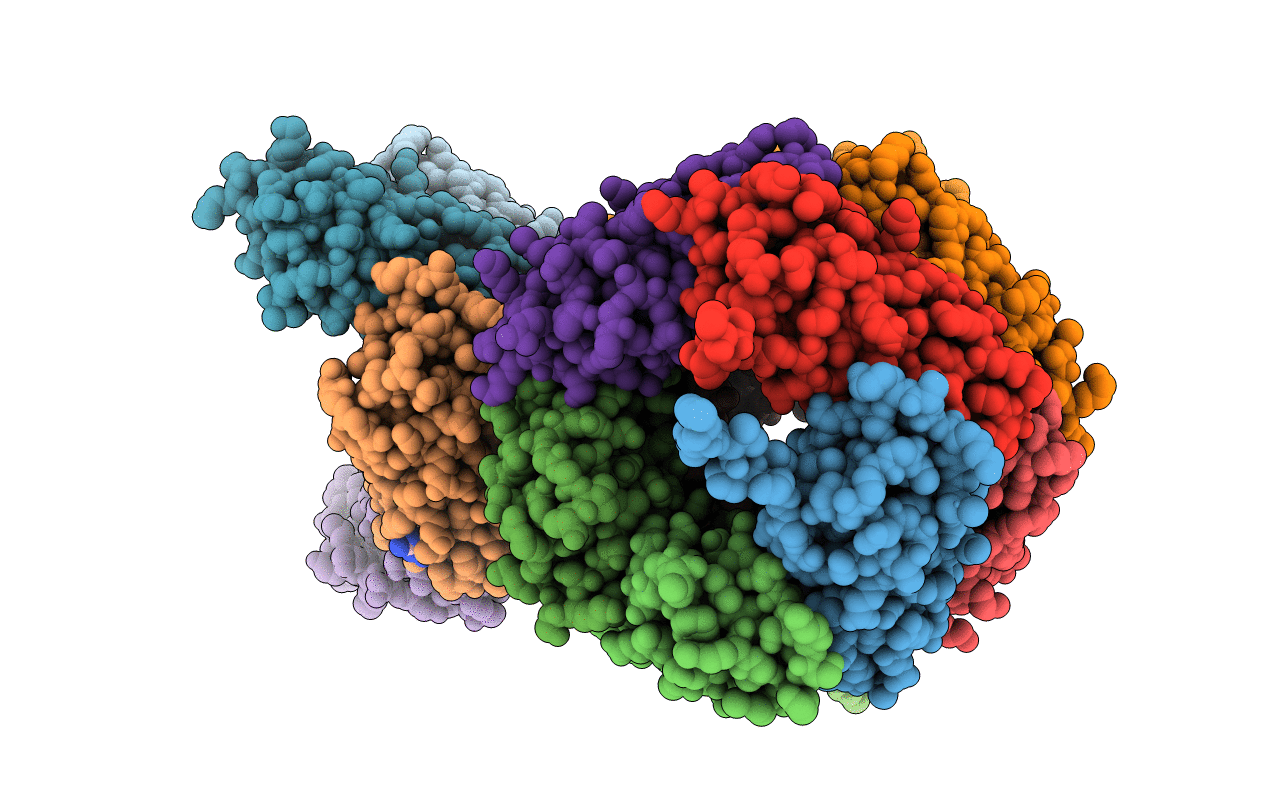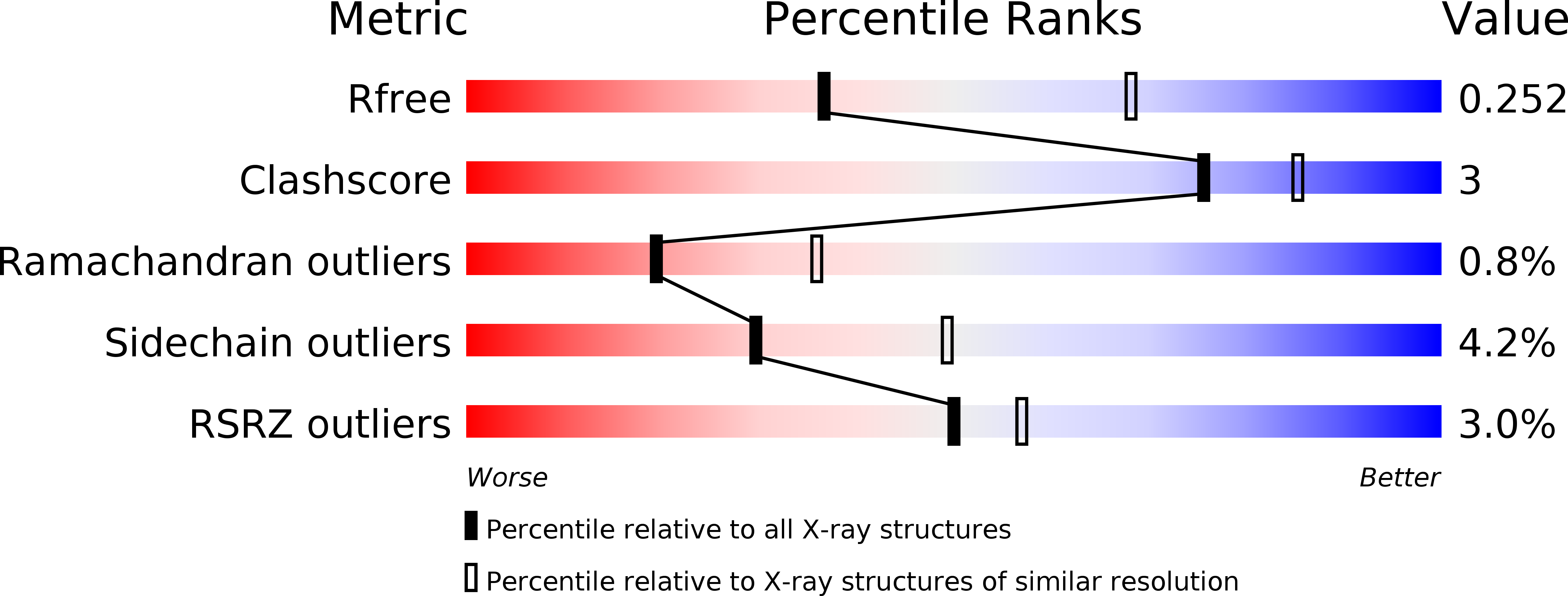
Deposition Date
2016-05-15
Release Date
2016-11-09
Last Version Date
2024-11-06
Entry Detail
PDB ID:
5JYX
Keywords:
Title:
Crystal structure of the covalent thioimide intermediate of the archaeosine synthase QueF-Like
Biological Source:
Source Organism:
Pyrobaculum calidifontis (Taxon ID: 410359)
Host Organism:
Method Details:
Experimental Method:
Resolution:
2.74 Å
R-Value Free:
0.25
R-Value Work:
0.17
R-Value Observed:
0.17
Space Group:
C 1 2 1


